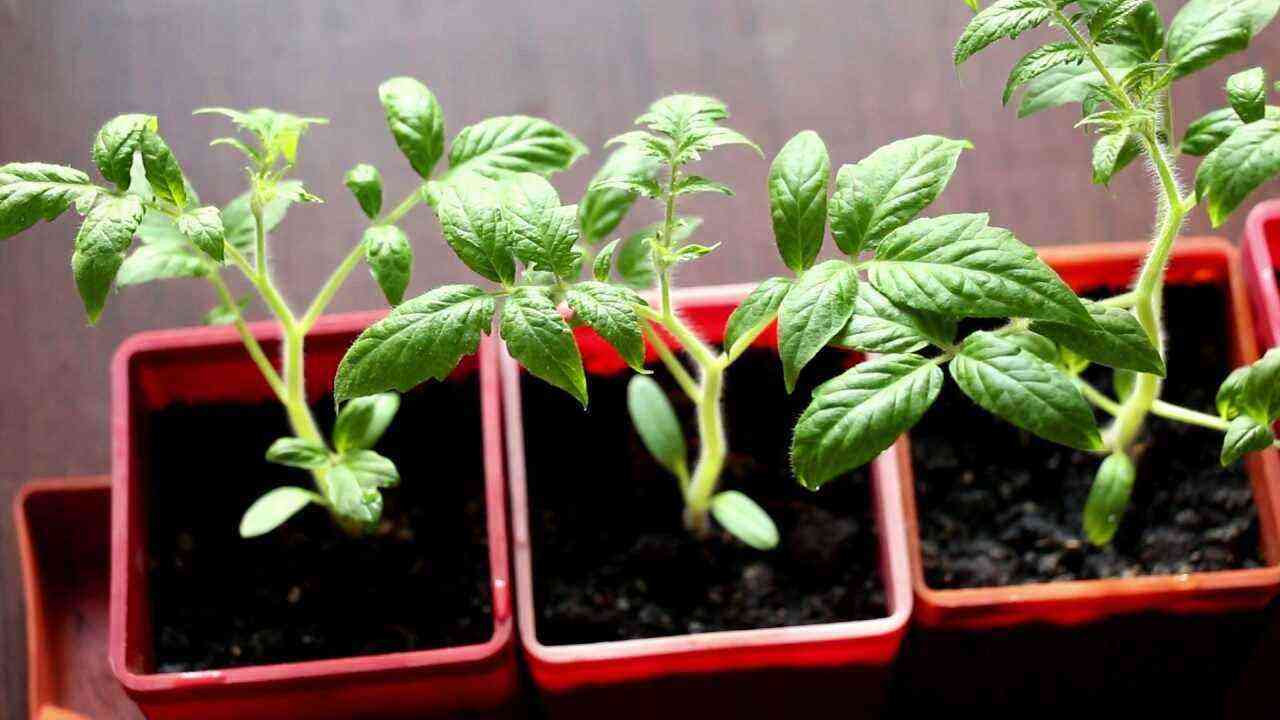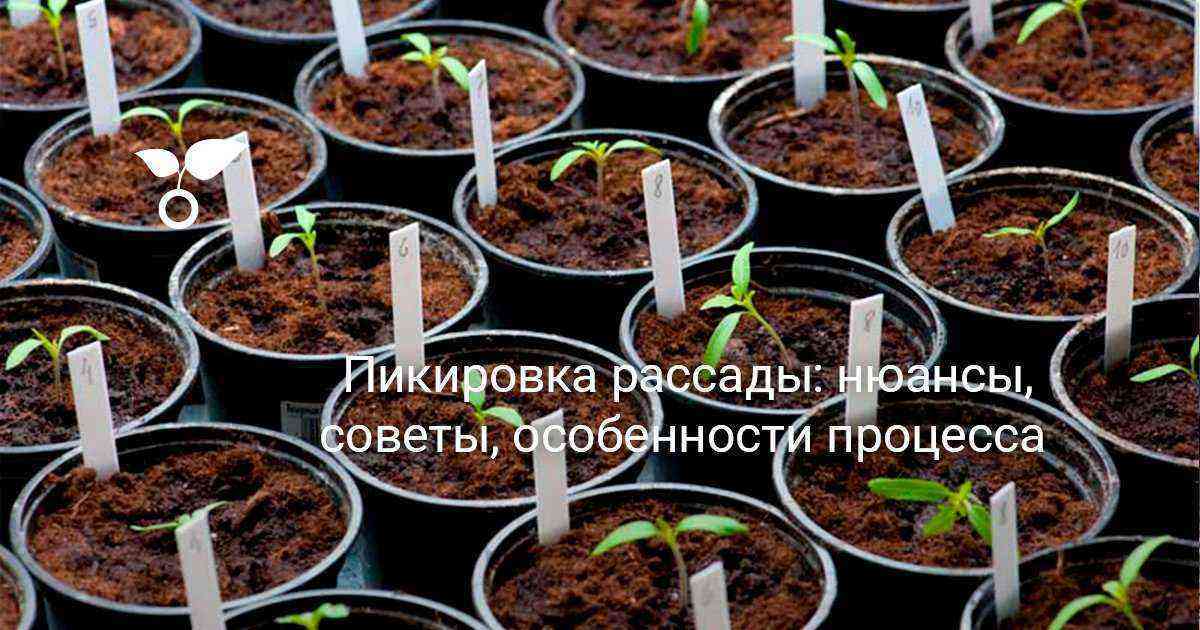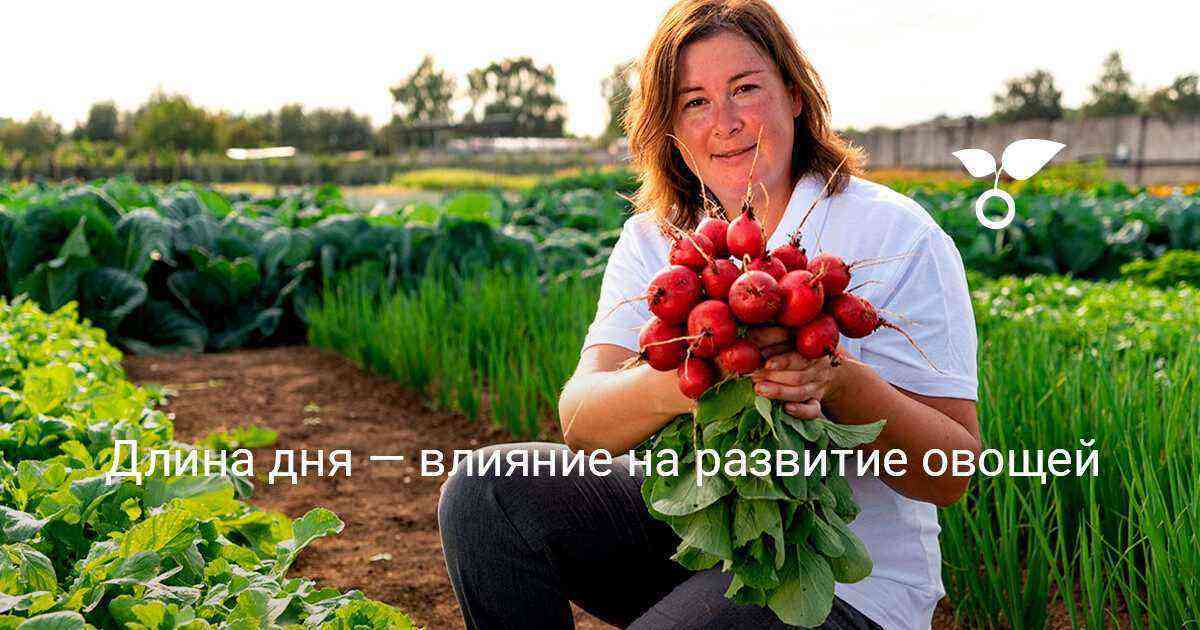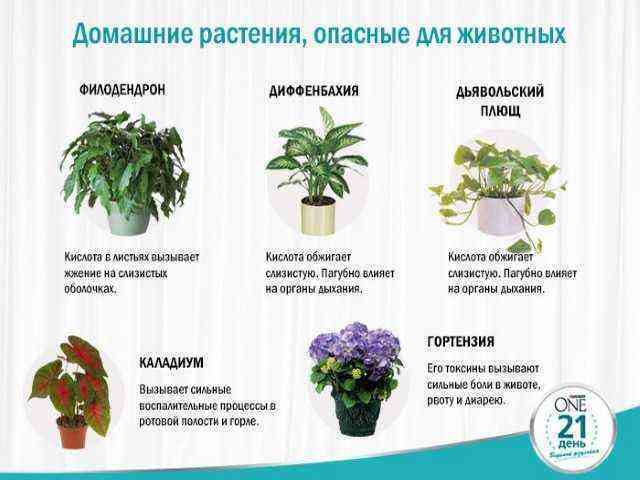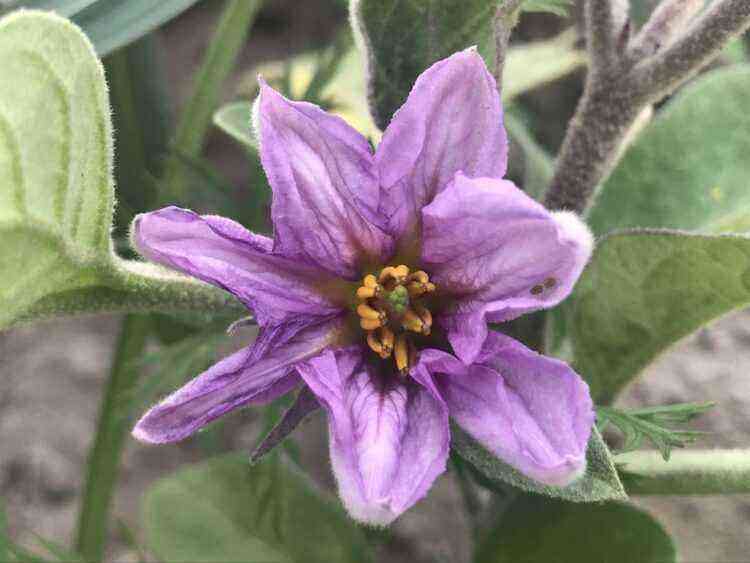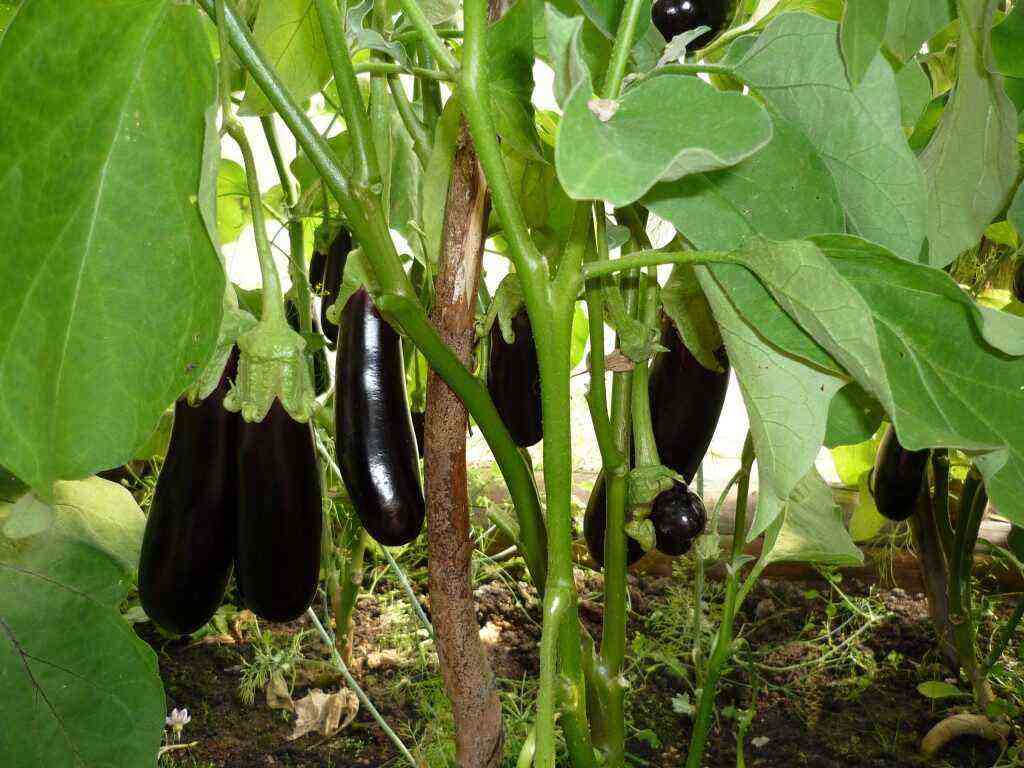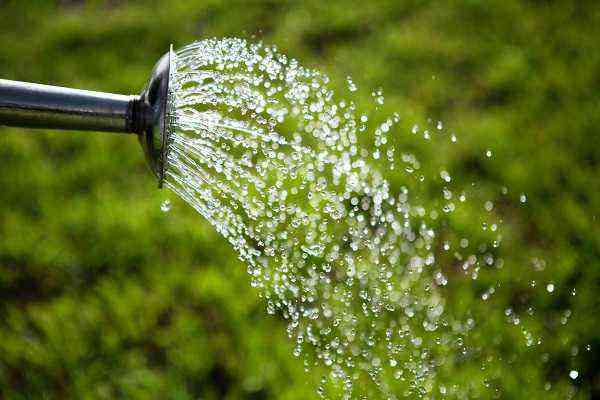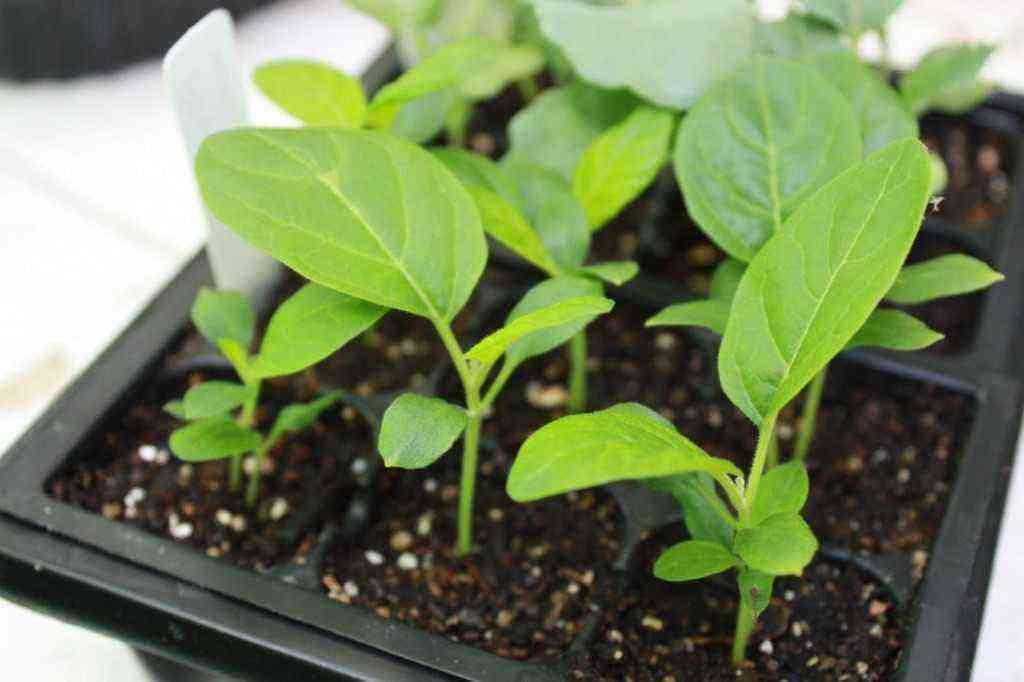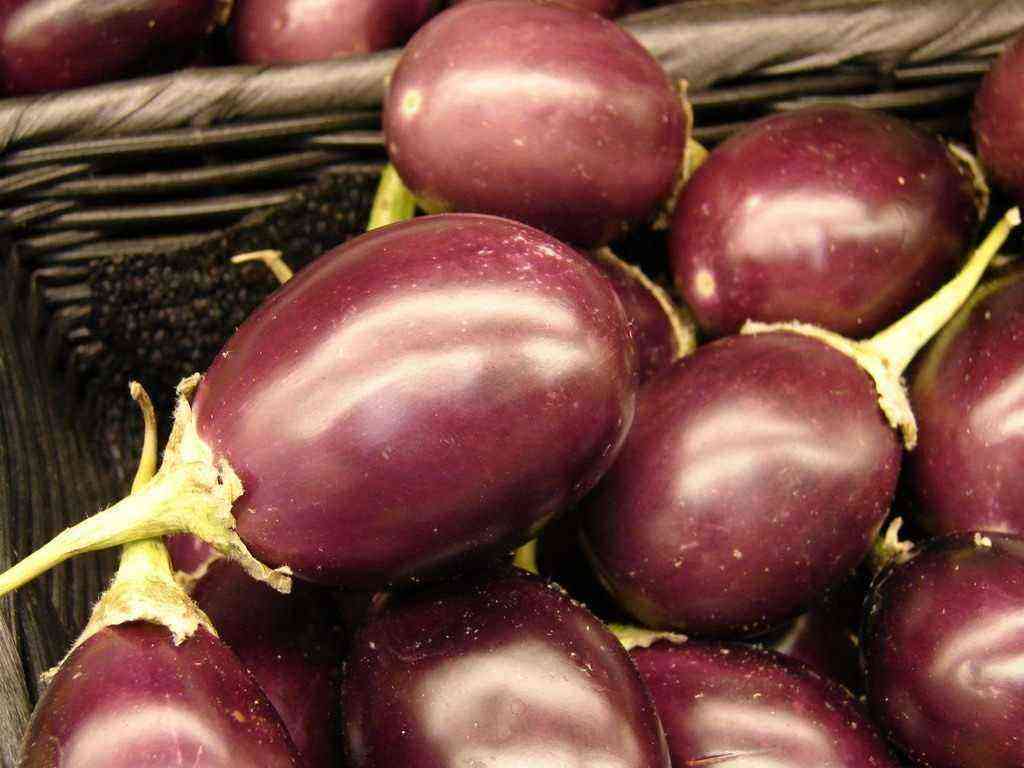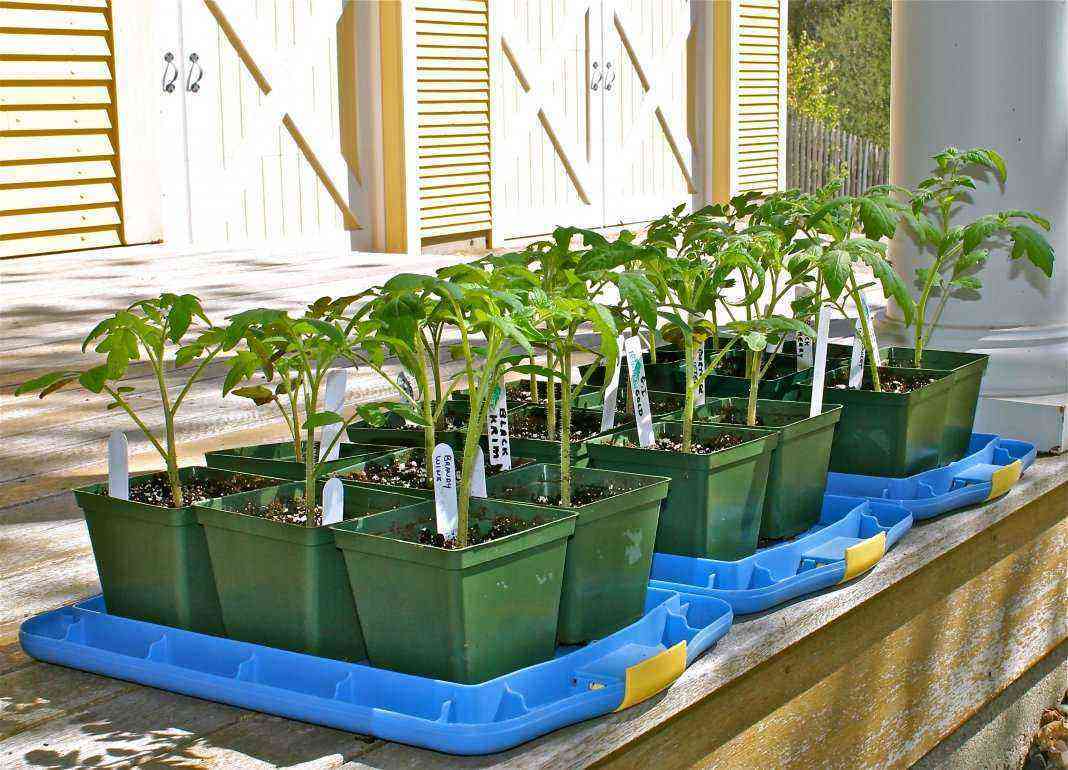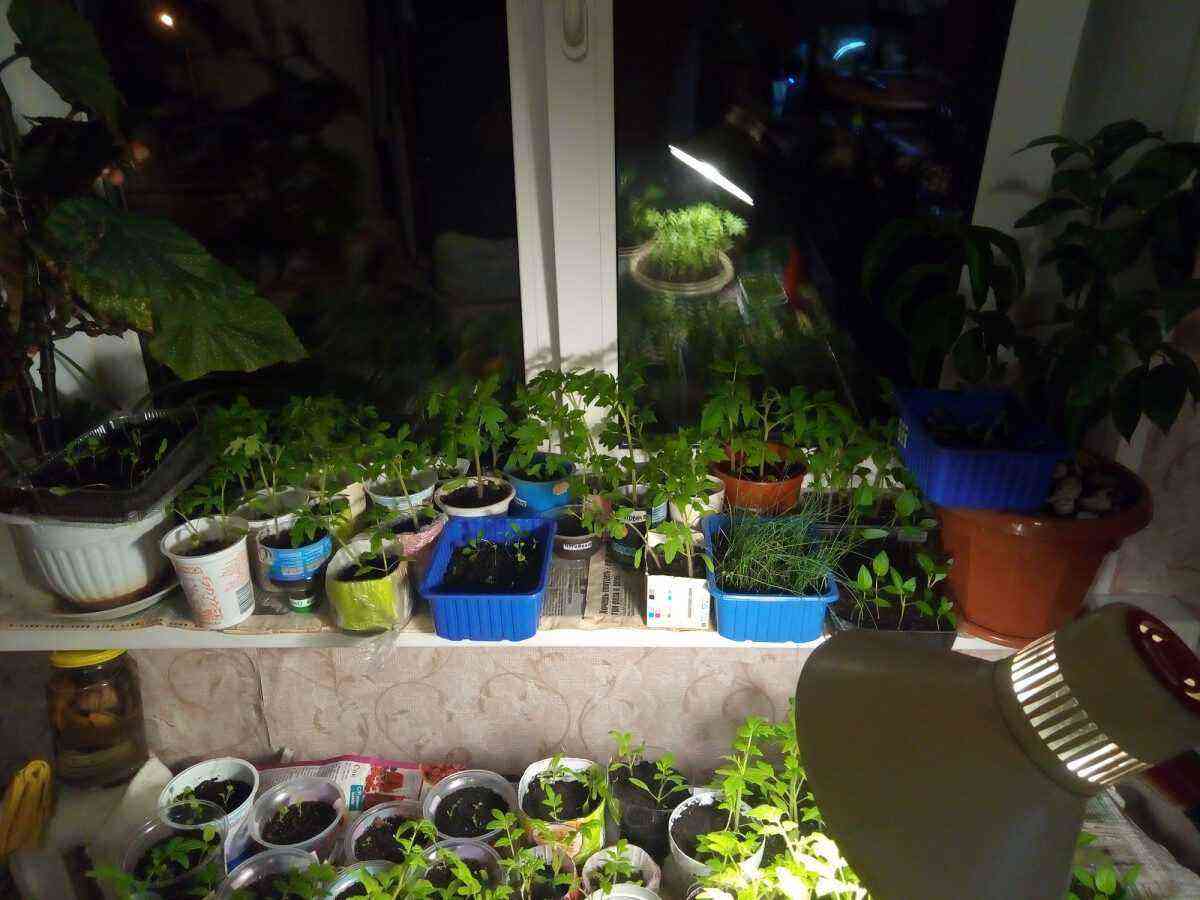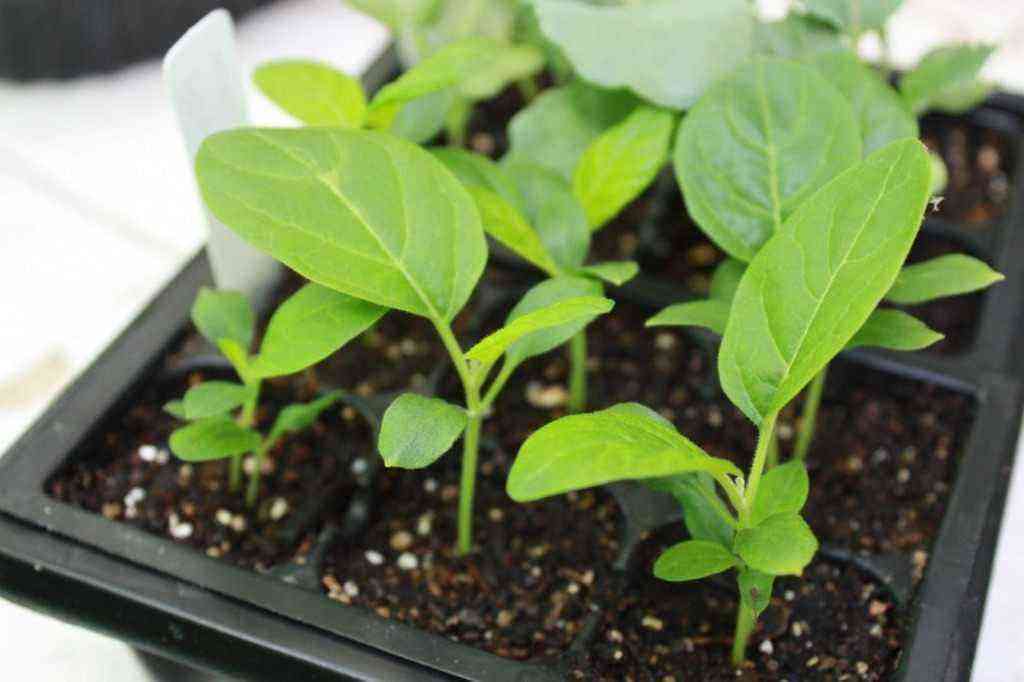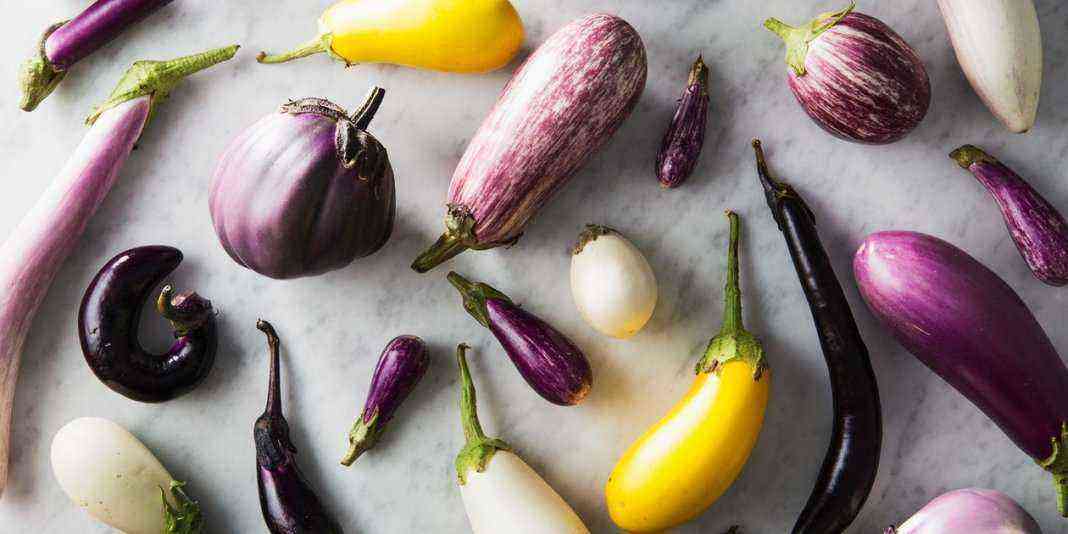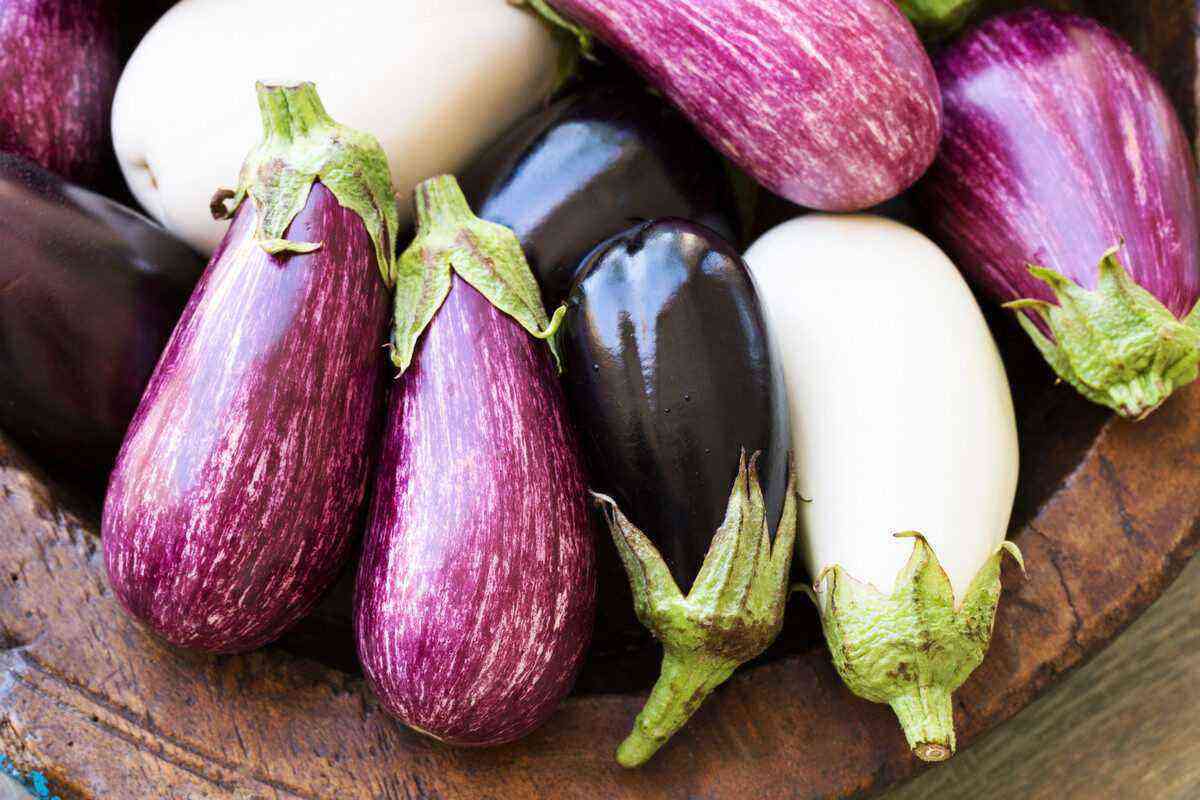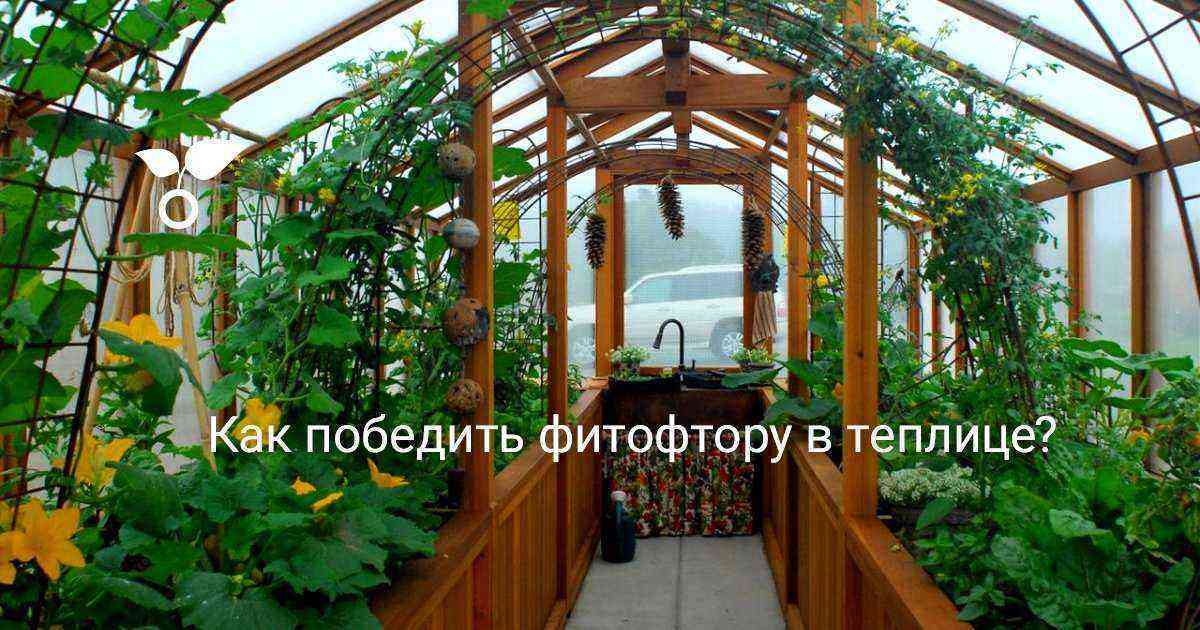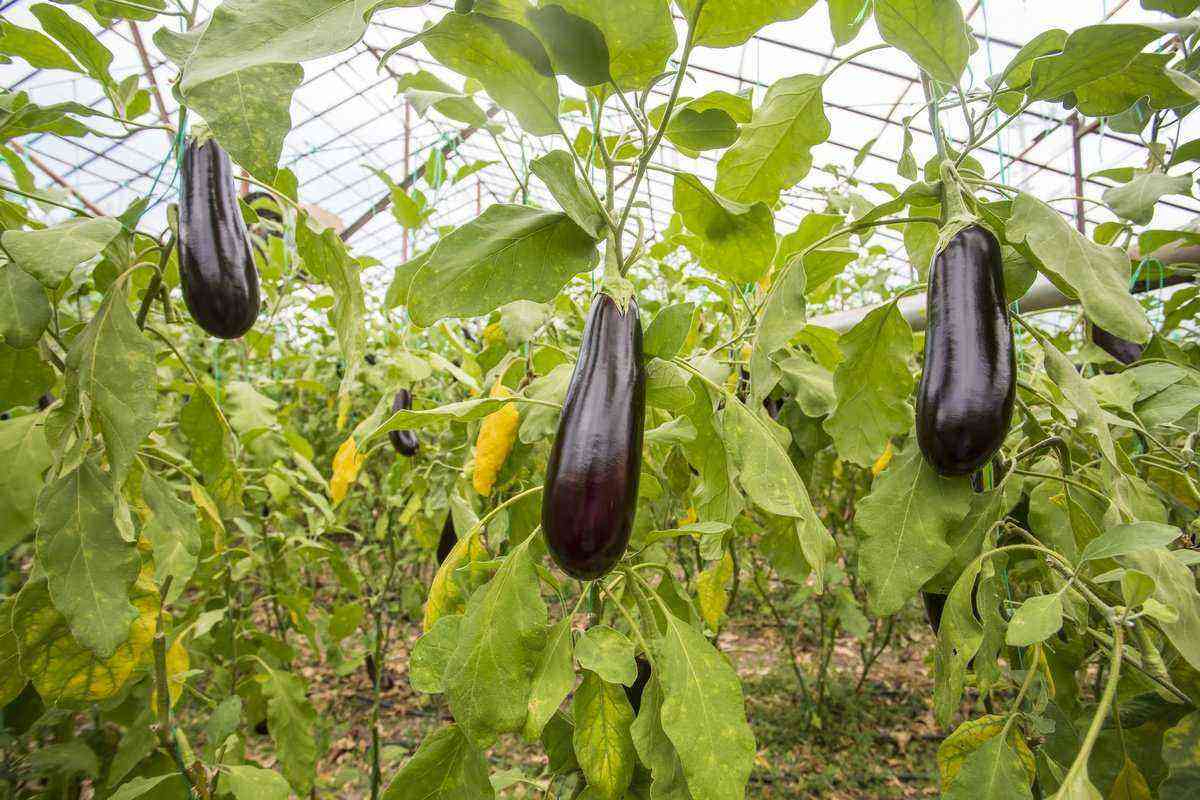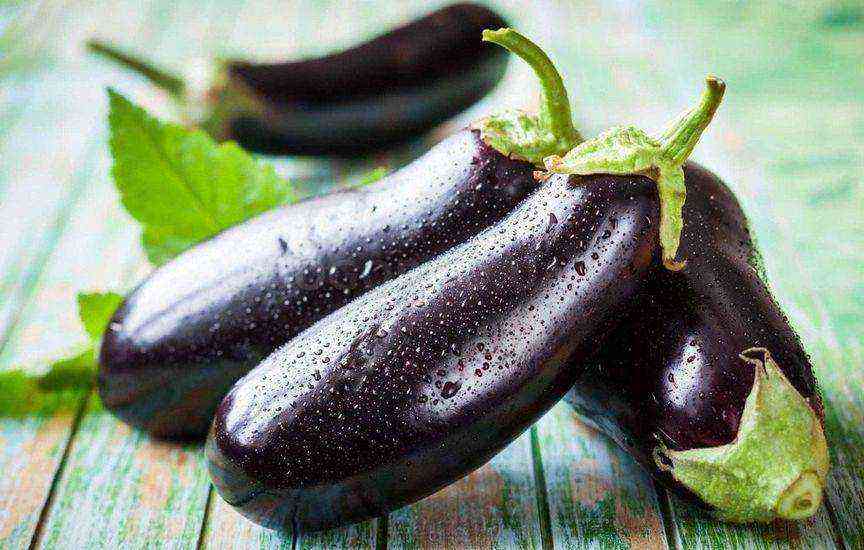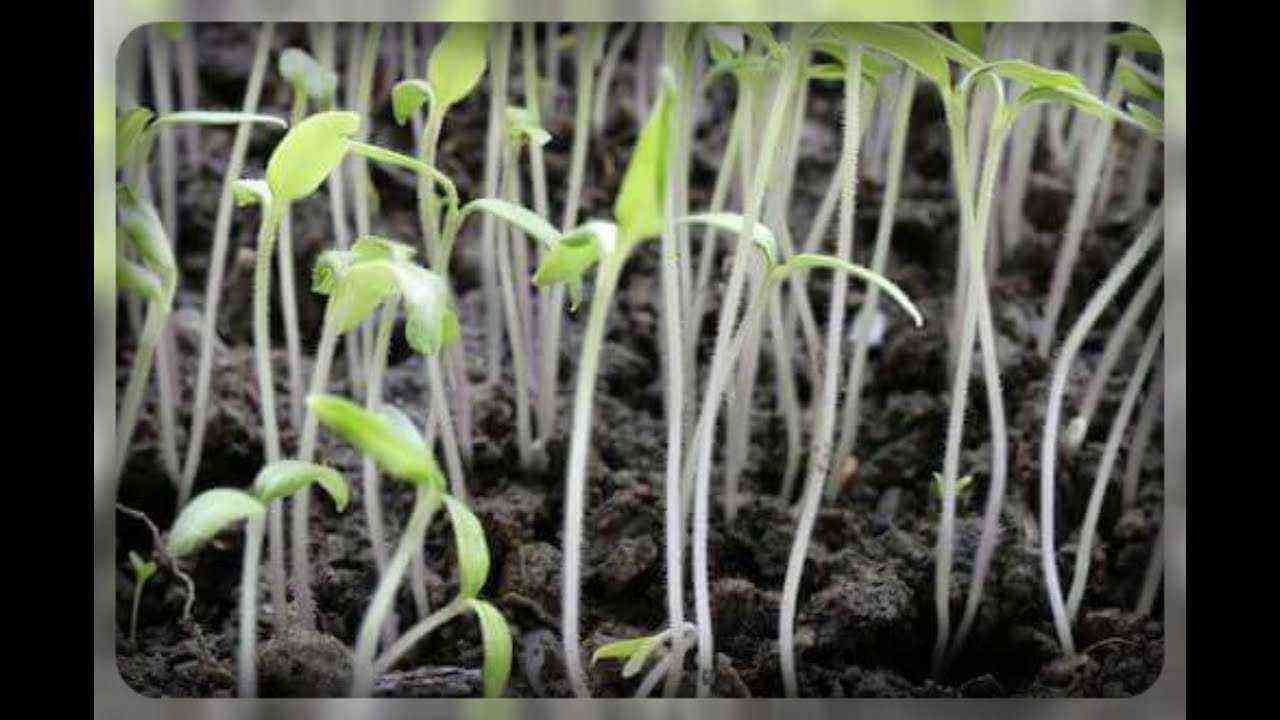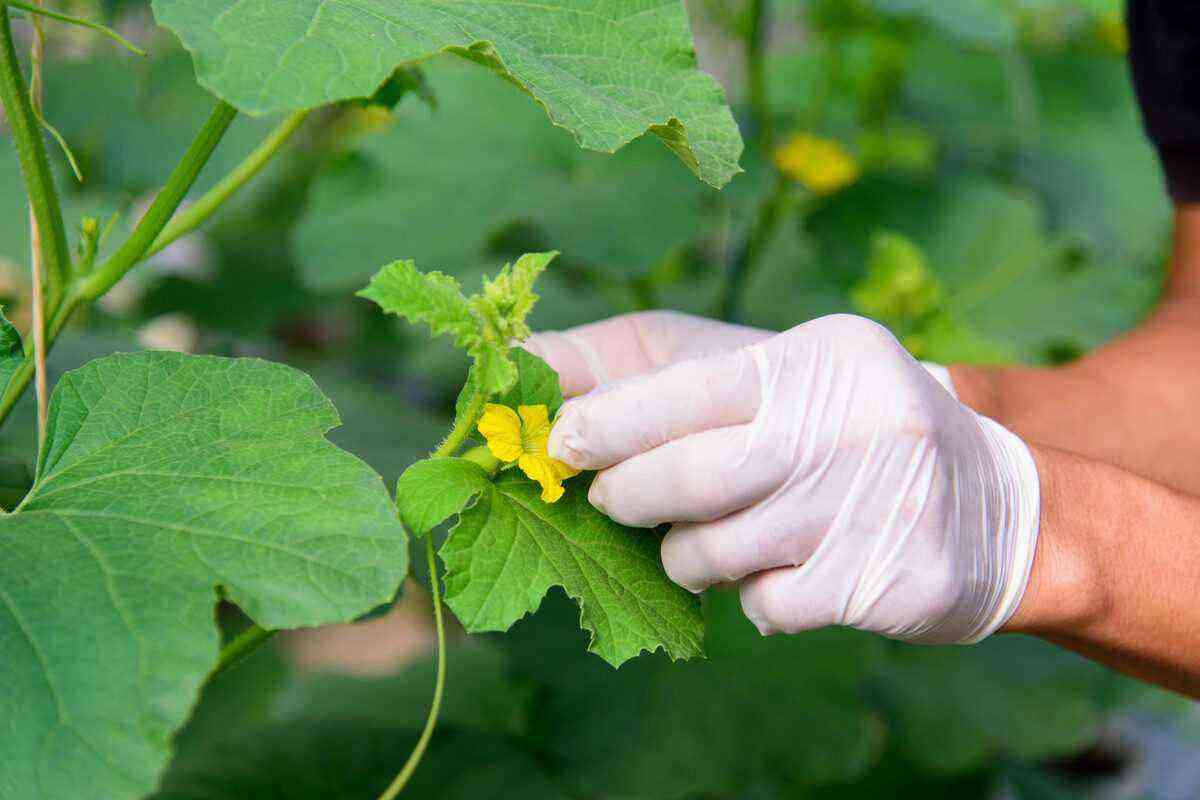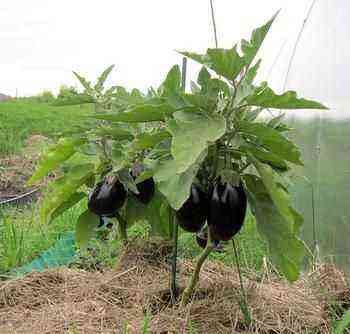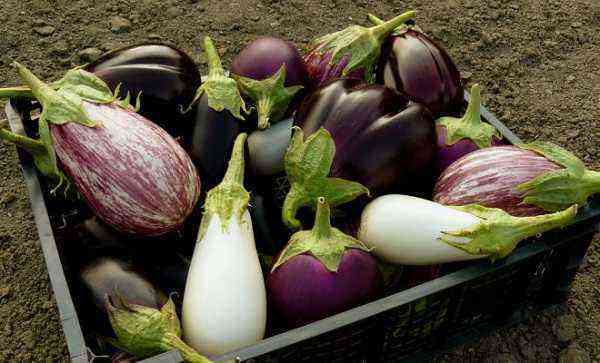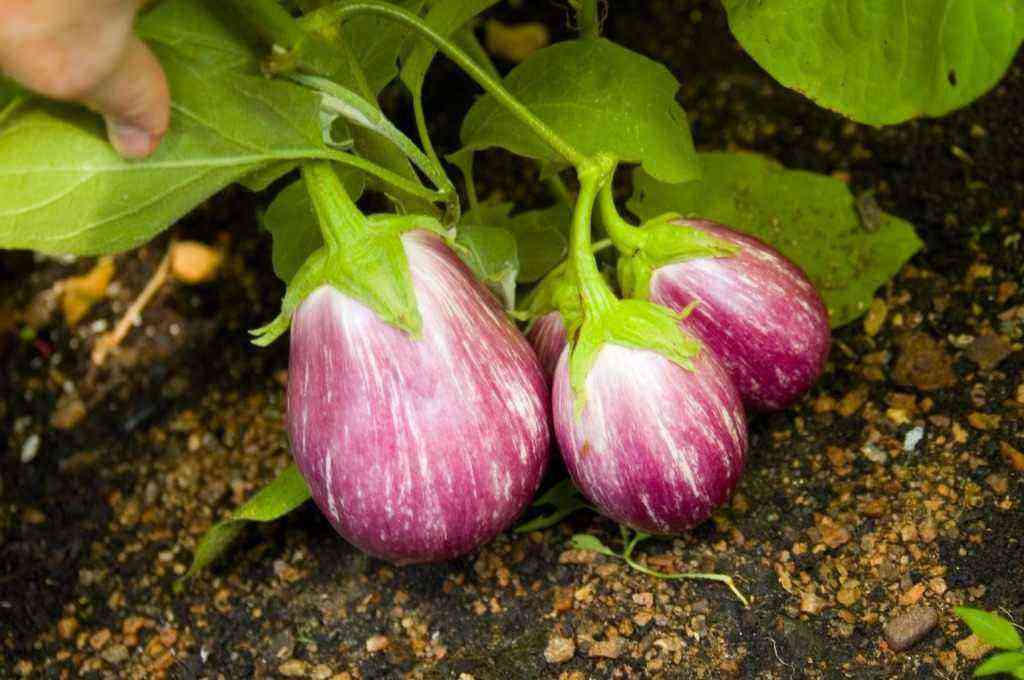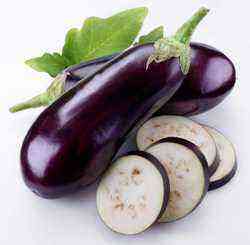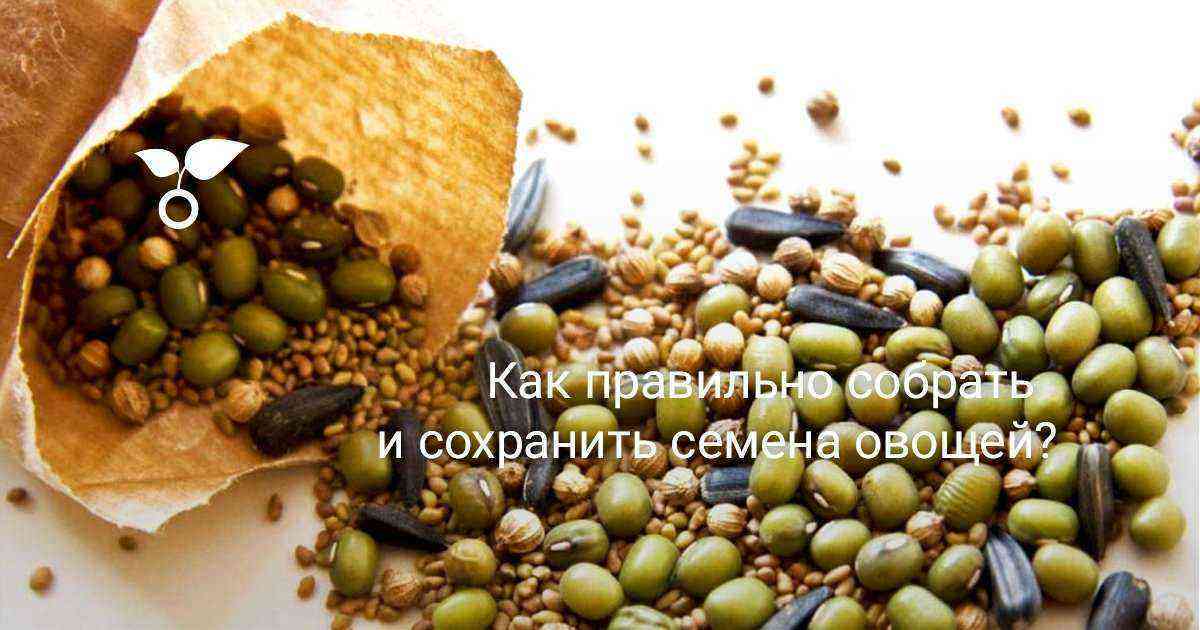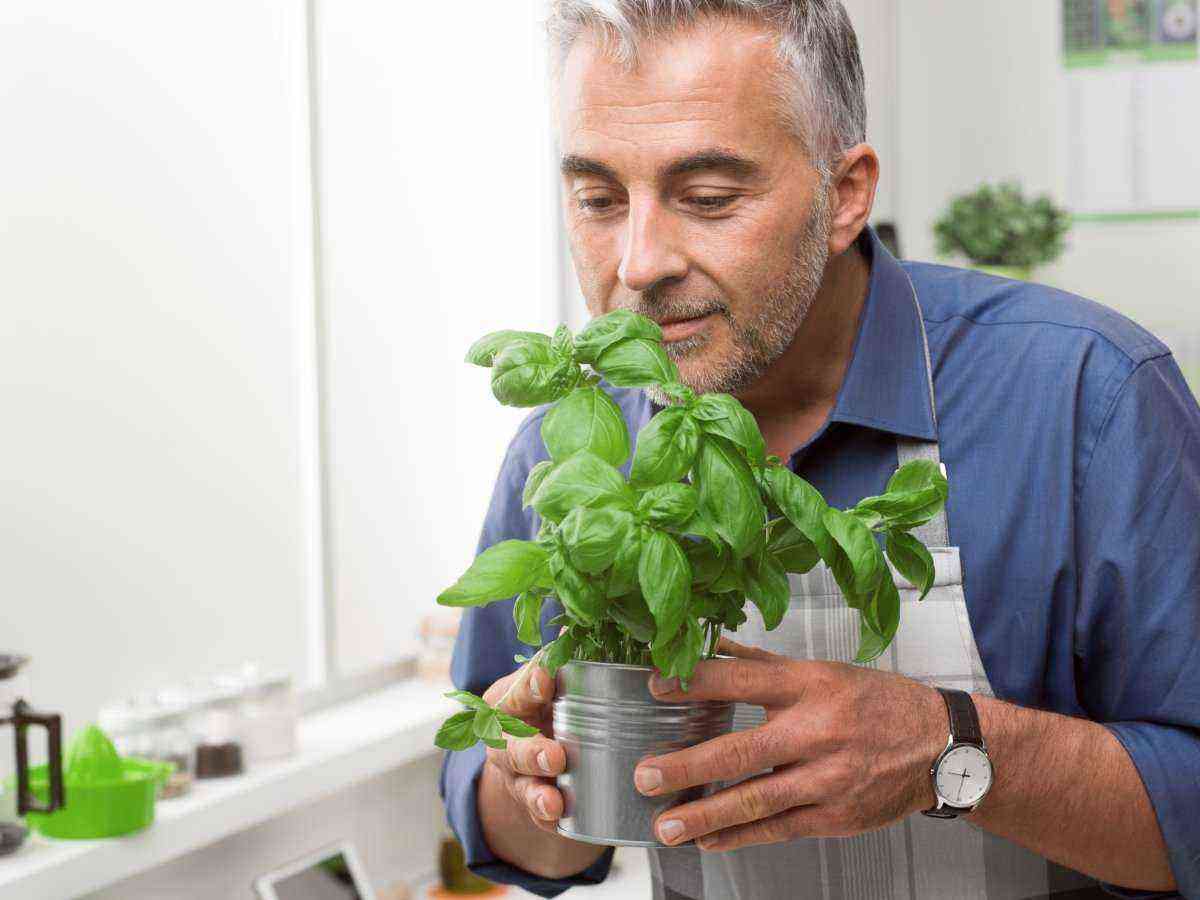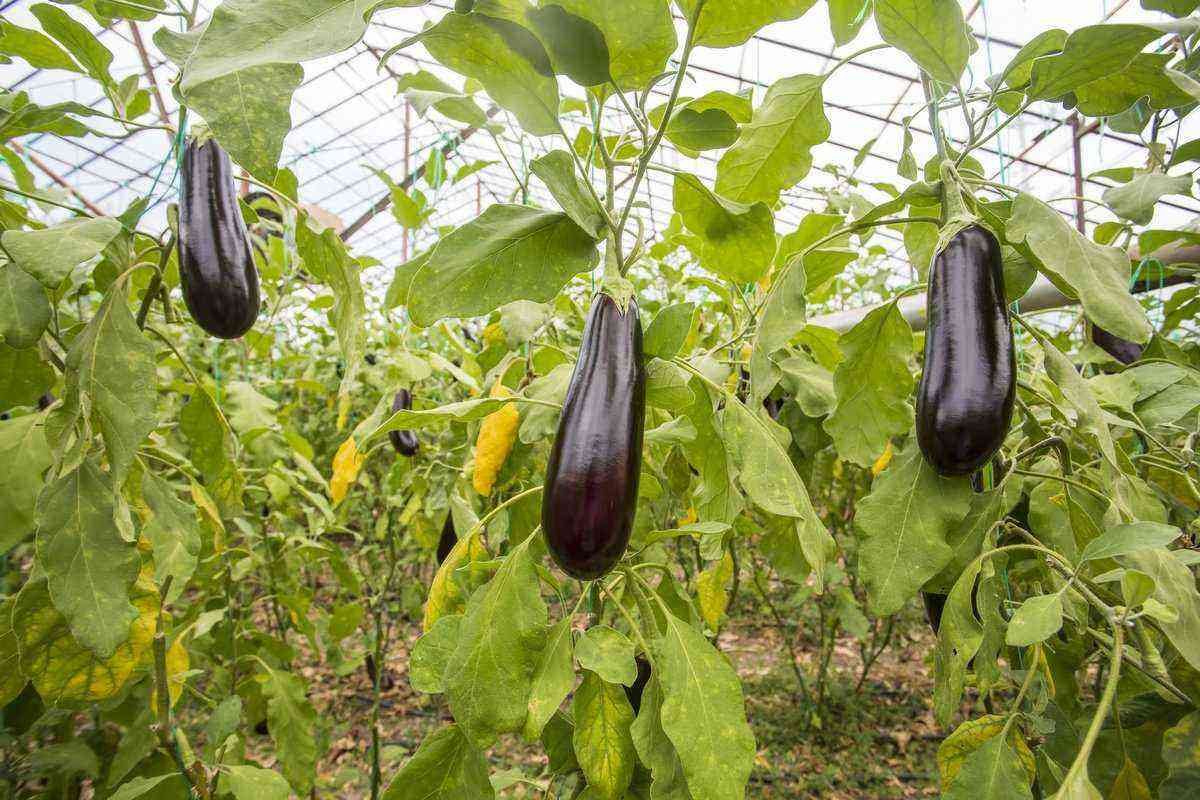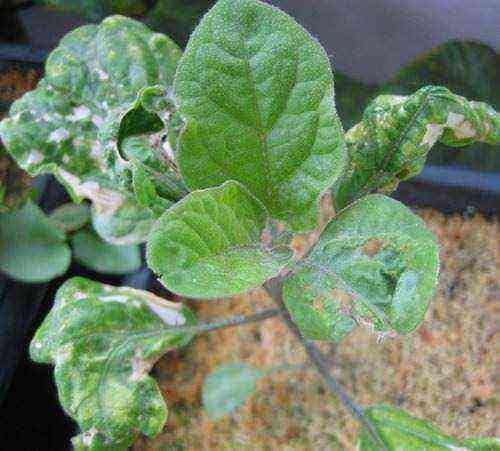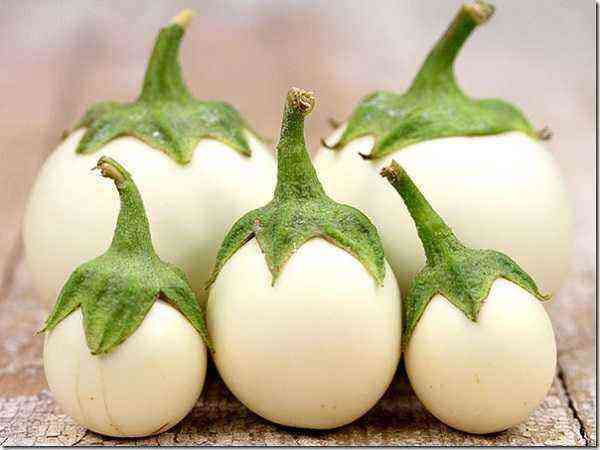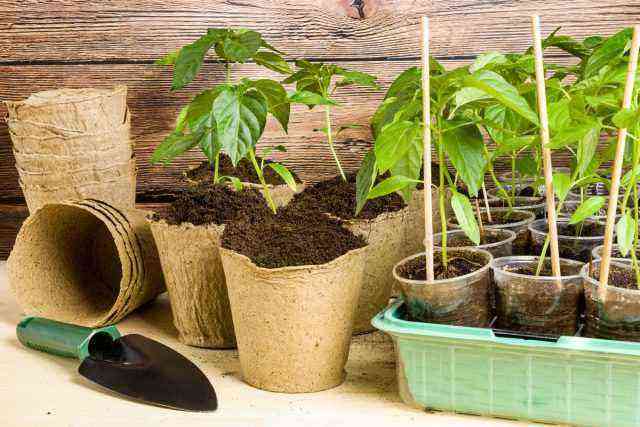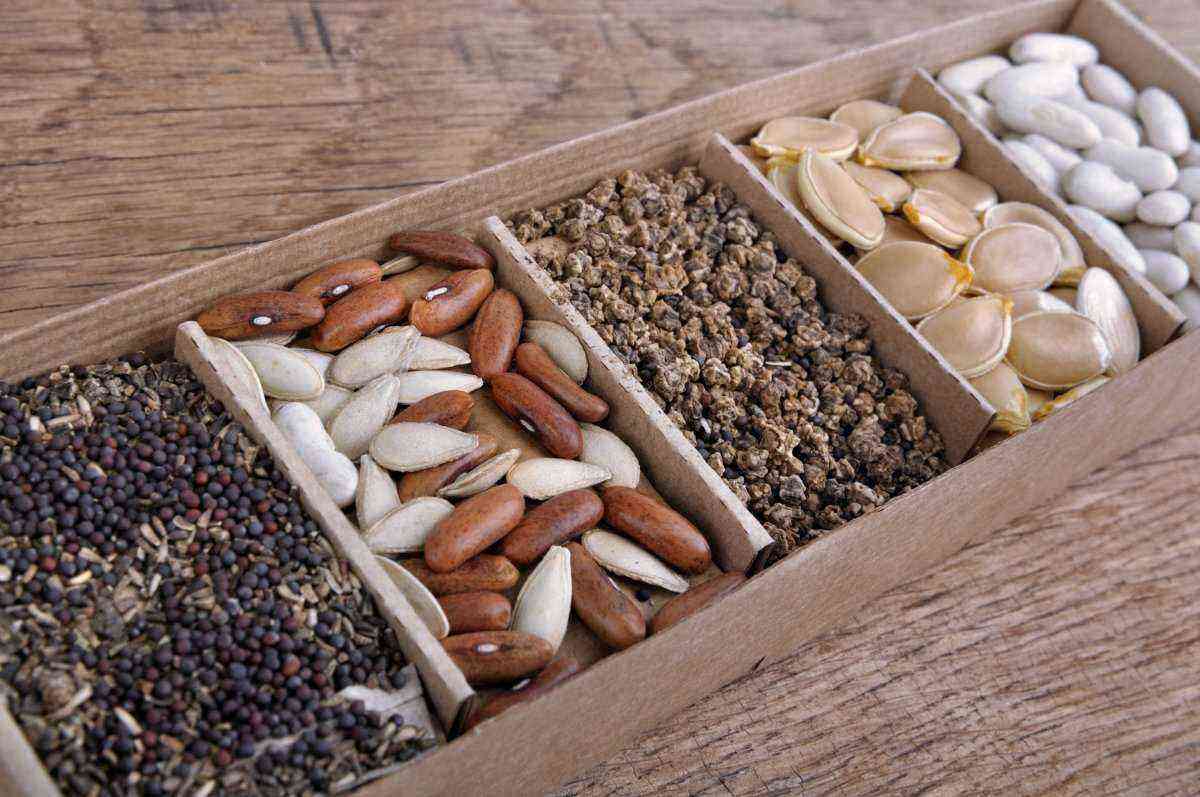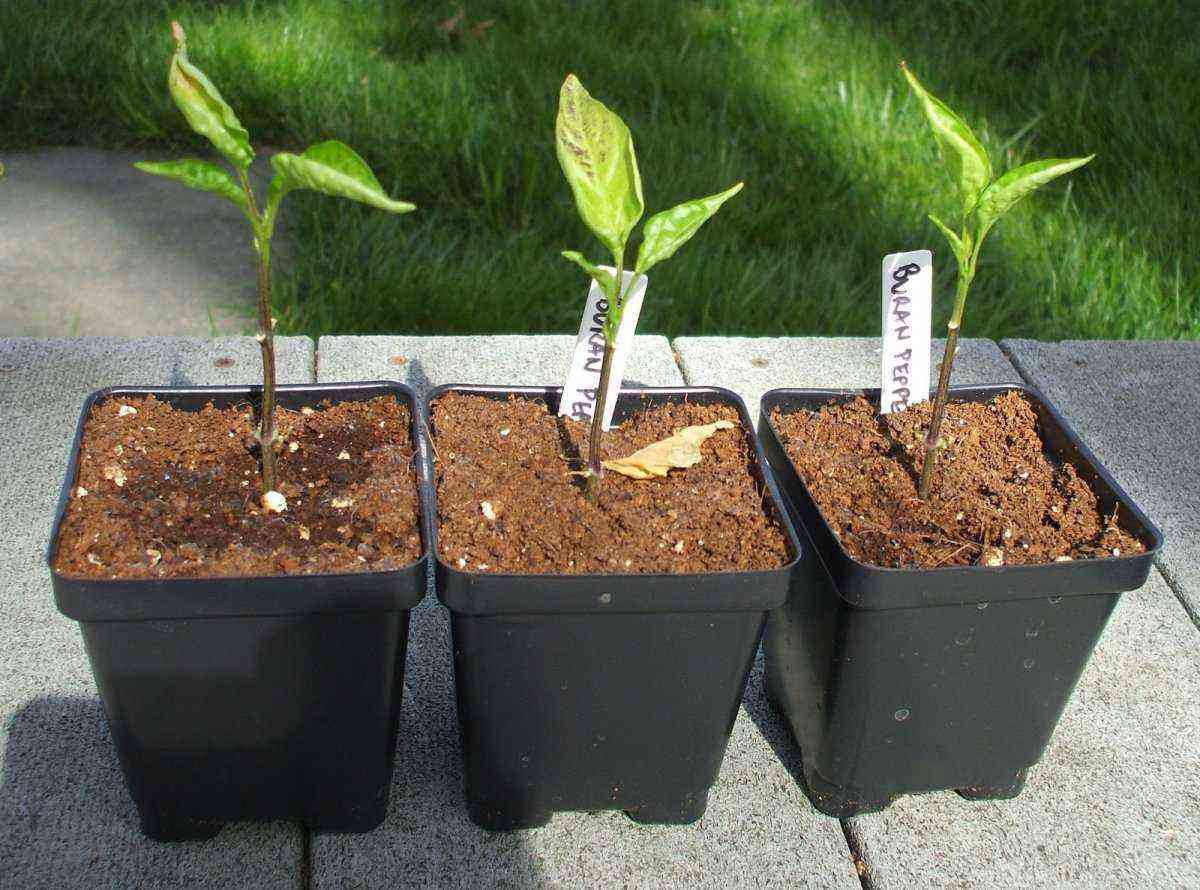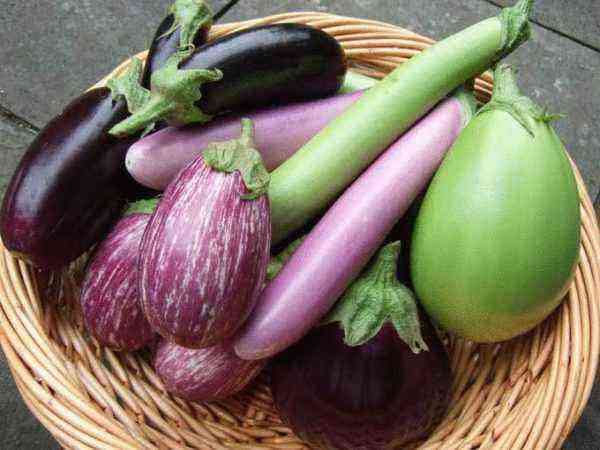Experts believe that a wide variety of relationships are established between plants, as well as between people, depending on many natural factors. They can be friends and even protect each other from pests and diseases, they can simply tolerate someone’s neighborhood while maintaining neutrality, but they can also compete with each other and even be at enmity, up to the physical destruction of the opponent. Any household plot with a garden, vegetable garden and flower beds located on its territory is a community of plants that live by their own rules and laws and which should be taken into account by both gardeners and gardeners.
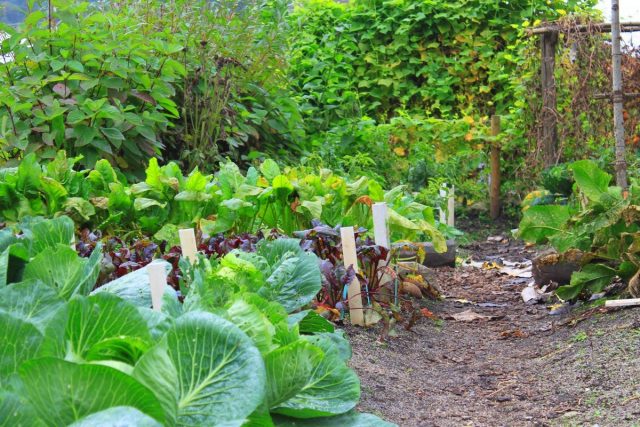
Any piece of land can accommodate and feed the more living beings, the less their needs and interests collide with each other. K. I. Timiryazev.
For example, experts believe that almost all cultures feel comfortable next to raspberries. The fact is that this plant is a nitrogen fixer and enriches the soil with oxygen. They recommend planting an apple tree next to a raspberry, and so close that their branches can touch. With this arrangement, raspberries will protect the apple tree from scab, and that, in turn, will protect raspberries from gray rot. Barberry has good compatibility with honeysuckle and plum. Hawthorn maintains good neighborliness with cherries and cherries, but only on condition that the distance between them is at least 4 m.
Grapes and pears get along well together. The tree does not suffer from the fact that grapes wrap around it, and the grape liana also feels good. Favorable relations are able to maintain grapes with Chinese magnolia vine or actinidia, so that these plants can be safely wrapped around a gazebo on a personal plot.
Here are a few examples of the undesirable neighborhood of plants in the garden.
Experienced gardeners know that a pear planted in close proximity to a cherry or cherry will constantly get sick, and red and black currants will not grow next to a plum, cherry or cherry.
The close proximity of gooseberries and currants provokes the active reproduction of a pest dangerous for these plants – the gooseberry moth.
The apple tree reacts extremely negatively to the close proximity of apricot, cherry or sweet cherry, so it is better to avoid such combinations in the garden. Also, apple and pear do not like lilac, viburnum, roses, mock orange, barberry.
It is not recommended to place raspberries and strawberries close to each other, since their proximity leads to increased reproduction of the strawberry-raspberry weevil.
Negatively refers to everything that is under its crown, sweet cherry. For this reason, it is impossible to plant seedlings of any other trees under the cherry – they will be doomed to death.
It is not recommended to plant birch near growing trees and shrubs, since its powerful root system consumes a lot of water and deprives neighboring plants of moisture. Spruce and maple can have a similar effect.
Juniper should not be placed next to a pear, as it can infect a fruit tree with fungal diseases.
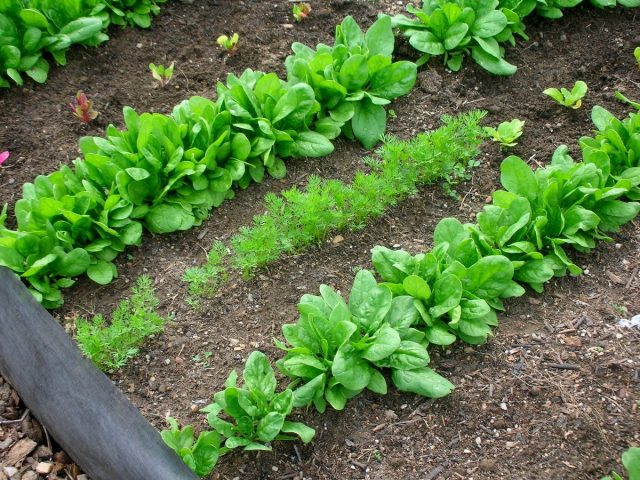
Compatible and incompatible crops in the beds
The following table is based on long-term observations by the Ecology Action team (based on the book How to Grow More Vegetables by John Jevans).
Compatible
Incompatible
eggplant beans peas carrots, turnips, radishes, cucumbers, corn onions, garlic, potatoes, gladioli cabbages potatoes, celery, dill, beets, onions strawberries, tomatoes potatoes beans, corn, cabbage, horseradish pumpkin, cucumbers, tomatoes, raspberries strawberries bush beans ordinary, spinach, lettuce cabbage corn potatoes, peas, beans, cucumbers, pumpkin onions, garlic beets, strawberries, tomatoes, lettuce, celery, carrots peas, beans carrots peas, leaf lettuce, onions, tomatoes dill cucumbers beans, corn, peas, radishes, sunflowers potatoes parsley tomatoes, asparagus radishes peas, lettuce, cucumbers beets onions, kohlrabi celery onions, tomatoes, bush beans, cabbages tomatoes onions, parsley cabbage, potatoes turnips peas pumpkin corn potatoes bush beans potatoes, carrots, cucumbers, cabbages, celery , strawberry onion, garlic spinach strawberry
Note that there is other information about compatible and incompatible plants grown in the garden. We also give it so that gardeners have options to choose from:
- beans are compatible with cucumbers, potatoes, cabbage, lettuce, leaf lettuce, radishes, beets, rhubarb, tomatoes; incompatible with peas, garlic, onions;
- peas are compatible with cabbage, pumped lettuce, carrots, radishes; incompatible with beans, potatoes, garlic, tomatoes, onions;
- strawberries are compatible with garlic, cabbage, pumped lettuce, onions, radishes; incompatible plant satellites are not listed;
- cucumbers are compatible with beans, garlic, cabbage, pumped lettuce, celery, onions; incompatible with radishes and tomatoes;
- potatoes are compatible with cabbage and spinach; incompatible with peas and tomatoes;
- garlic is compatible with strawberries, cucumbers, carrots and tomatoes; incompatible with beans, peas and cabbage;
- cabbage is compatible with peas, cucumbers, potatoes, garlic, head and leaf lettuces, onions, radishes, beets, celery, spinach and tomatoes;
- lettuce is compatible with beans, peas, strawberries, cucumbers, cabbage, onions, radishes and tomatoes; incompatible with celery;
- lettuce is compatible with cabbage, radish, beets, rhubarb, tomatoes;
- leeks are compatible with strawberries, cabbage, pumped lettuce, carrots, celery and tomatoes; incompatible with beans and peas;
- radish is compatible with beans, strawberries, cabbage, head and leaf lettuces, spinach and tomatoes, incompatible with onions;
- beets are compatible with cucumbers, lettuce and onions;
- rhubarb is compatible with cabbage, cabbage and leaf salads and celery;
- tomatoes are compatible with garlic, cabbage, head and leaf salads, leeks, radishes, celery and spinach; incompatible with peas, cucumbers and potatoes;
- onions are compatible with strawberries, cucumbers, head lettuce, carrots and beets; incompatible with beans, cabbage and radishes.

Aromatic and medicinal herbs useful in the garden and in the beds
This table is also based on the aforementioned book How to Grow More Vegetables. Although there is similar information that even medieval monks used aromatic and medicinal herbs in their gardens and gardens to improve the taste of fruits and vegetables, increase yields and repel pests.
Compatible aromatic and medicinal herbs for the garden
Basil Grows well with tomatoes, Improves the growth process and the taste of the fruit. Repels flies and mosquitoes Marigold Works as a repellent for insects, including nematodes Valerian Good to have somewhere in the garden. Hyssop Repels cabbage scoop, grows well with cabbage and grapes. Should not be grown with radishes. Catnip Repels earth (garden) fleas White quinoa One of the best weeds for extracting nutrients from the subsoil; good for potatoes, onions and corn Flax Grows well with carrots, potatoes; repels potato flea, improves growth process and smell. Lovage officinalis Improves the taste and condition of plants if planted in different places in the garden. Melissa officinalis Grow in various places in the garden Monarda tubular Grows well with tomatoes, improves taste and growth Mint,
peppermint Grows well with cabbages and tomatoes, improves general plant health, fruit flavor, repels white scoop Nasturtium Grows well with radishes, cabbages, and cucurbits; grow under fruit trees, repels aphids, bed bugs, striped cucurbits. Calendula grows well with tomatoes. Repels asparagus leaf beetle, tomato worm and all kinds of insects. Sow thistle In moderation, this weed promotes the growth of tomatoes, onions, and corn. Petunia Protects leguminous plants Wormwood grows well with cabbage. Repels the cabbage owl. Chamomile officinalis It grows well with cabbage and onions. Improves growth and taste. Thyme (thyme) Repels cabbage worm Dill Grows well with cabbage. Doesn’t like carrots. Fennel Grow outside the garden. Most plants don’t like it. Garlic Grow near roses and raspberries. Repels the Japanese beetle. Improves the growth and condition of plants. Sage Grow with cabbage and carrots, keep away from cucumbers. Repels cabbage scoop, carrot fly. Tarragon Good to have around the garden in various places.
We believe that within the framework of one article, we nevertheless gave sufficient material (in fact, there is a lot of it) on the stated topic, so that the workers of summer cottages have a choice: what is acceptable to them and what is not. We wish you success!
PS As you can see from this information, things are going well with the plant community. For them, even a science has been defined that studies the influence of plants on each other – allelopathy. The situation is worse in the community of people, because in case of quarrelsomeness together they kill each other, and over the years they are more and more sophisticated – from guns, tanks, planes, missiles, etc. (usually for self-interest and greed). But tell me, my friends, how can each of us sow the garden of his soul? In it, somewhere around the age of 20, we already felt the birth of weak, but quite original and native sprouts of an independent worldview. It does not matter with what properties the seeds germinated in each of us: something was passed on from ancestors, something from the collective culture (morality) in which we managed to live. We accepted some of the ideology of the past with enthusiasm, doubted something, but the roots in our souls continued to grow. And then, those of us who have already reached old age are told: “No, sow the garden of your soul with new seeds, because those seeds that have taken root in your soul are bad, wrong.” But we see that the offered seeds are even worse than ours. As soon as we saw their sprouts in the new life, they seemed to us more unacceptable than our former ones. Although … there is something in them, rather from the inevitability of human development. And our soul will not go anywhere from them. They also begin to grow in it, whether we like it or not. So we, the old gardeners of our soul, are forced to separate the strengthened roots of the past and the sprouting roots of the present from each other, because it is a pity if they get mixed up, and this is wrong. It is a sad occupation, however, gentlemen!
